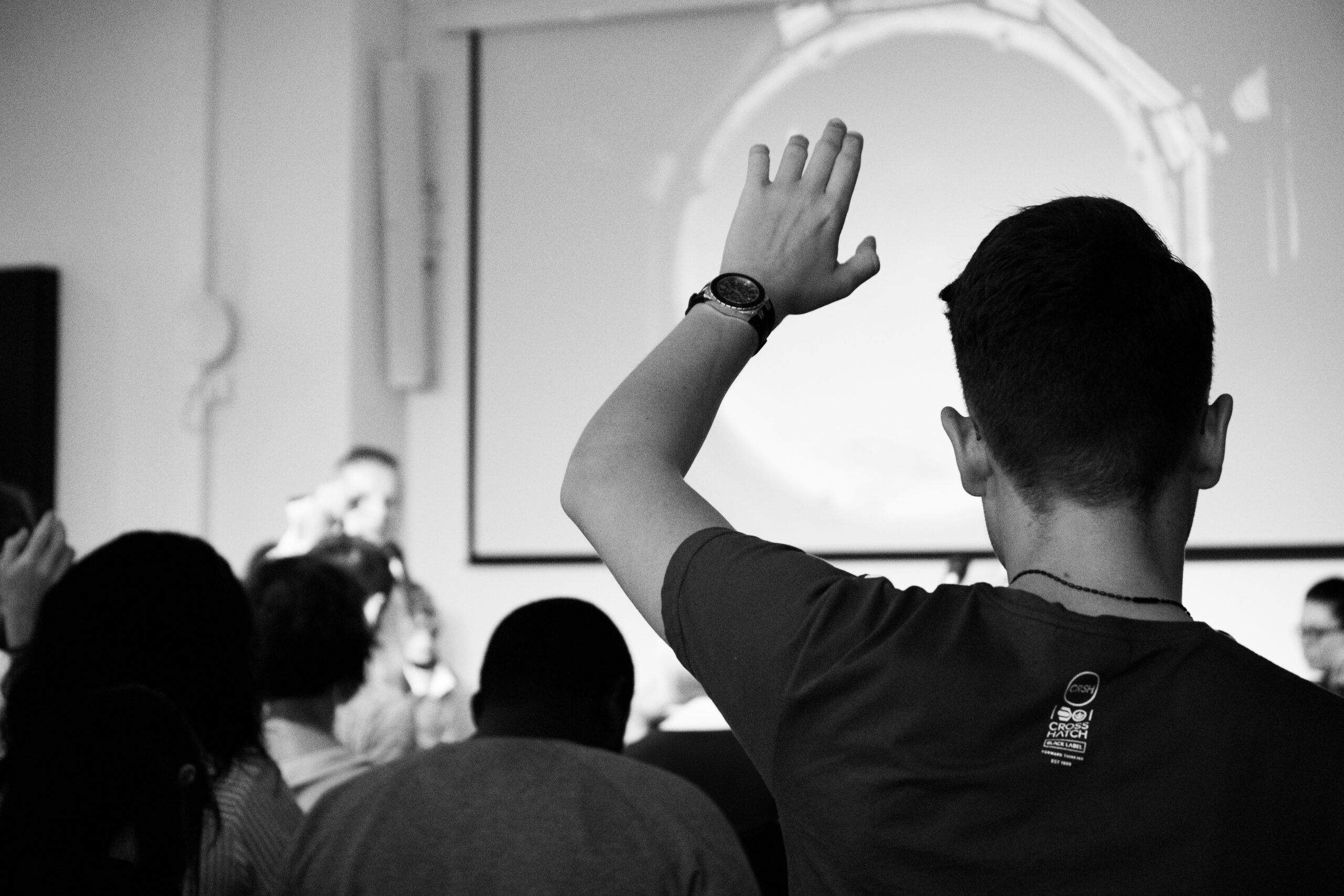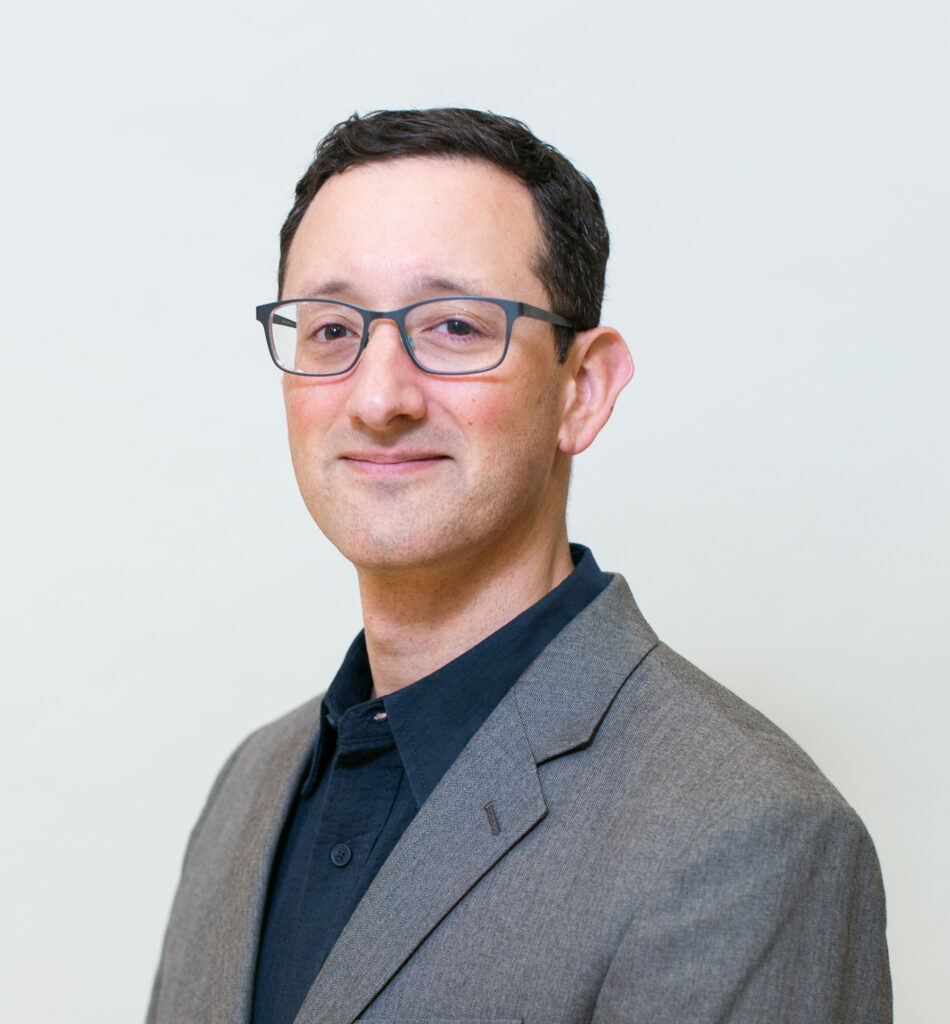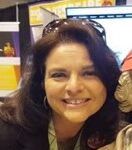This post is written by Jenelle Williams. You can read more about Jenelle at the bottom of this post.
I have served in public education since 1999, and I can attest to the fact that this school year has been a doozy. I have served as a middle school and elementary teacher, an instructional coach/coordinator, and now I am serving as a consultant. Working both regionally and across the state of Michigan with secondary teachers, building principals, and central office administrators, it’s easy for me to get lost in all of the challenges. Despite this reality, I have been lucky enough to witness positive momentum in the schools and districts I serve across Oakland County, Michigan. Working as a secondary literacy consultant for the 28 individual school districts in my county provides me with endless variety–though my area of focus is adolescent literacy, each district within my service area represents a wide array of contexts, sizes, strengths, and needs.
Working with other content-area colleagues, we developed a plan of support around disciplinary literacy in our region for this school year. As is the case with most educational contexts, we began planning while still in the midst of the previous school year, so there were many unknowns. Would we experience another surge of COVID? How would districts navigate large teacher turnover? Would educators even be ready to re-engage with a shared professional learning focus? Despite the unknowns, we built a service plan based on the following beliefs:
- Care for the System: If districts are committed to taking up disciplinary literacy as a continuous improvement goal, they must engage in self-reflection and goal-setting around district systems–not just focus on a few professional learning days. The Essential School-Wide Practices in Disciplinary Literacy (2020) provide a basis for our learning.
- Break Down Silos: It is essential to have a variety of roles represented on a disciplinary literacy leadership team. At its core, disciplinary literacy is about simultaneously breaking down silos while honoring the unique elements of each discipline. Our plan would need to also break down hierarchical silos that often exist within the continuous improvement, i.e. central office leaders name the area of focus, building principals then try to interpret what that means for their building, and teachers receive the message later in the communication cycle. In order to avoid a continuous improvement “telephone game”, we wanted to bring representatives from a variety of roles to navigate the “messy middle” of implementing disciplinary literacy together.
- Center the Learners: Disciplinary literacy also requires that we center our learners and are willing to step back from an expert stance. If we are asking educators to make this shift, we (as the facilitation team) would also need to make this shift. One way to accomplish this is to ask each of our participating districts to host our monthly, half-day network meetings at one of their buildings. Another way is to regularly make space for participating districts to highlight their work in our monthly District Spotlight. As much as we might want additional time for shared learning around research, we know that our participating districts often learn best from each other.
- Plan for Tight and Loose Construction: As we know from Everett Rogers’ Diffusion of Innovation model, we can anticipate people’s reactions to innovation–whether it is disciplinary literacy or something else–to fall along a predictable bell curve (Hubbard, 2007). As much as we wish we could somehow convince all educators that our innovation is THE thing they should focus on, we know that is not possible. For this reason, our service plan was built around a “cohort of the willing”–nine districts that expressed interest in bringing a team together for a yearlong network. As part of our network series, we also encouraged districts to take this “cohort of the willing” approach to heart, supporting educators who were ready and interested in stretching their instructional practice, while gently encouraging others forward. For participating districts, this meant they were navigating a “tight and loose” construction for their implementation of disciplinary literacy: tight, in that there was clear messaging around the district’s goal; and loose, in that individual educators and departments could articulate specific areas for learning within that goal.
What can this look like? In one district, the “tight and loose” construction has looked like having multiple professional learning sessions for all educators throughout the year–use of district professional learning days and staff meetings has provided opportunities to bring middle- and high-school teachers together, both in disciplinary and interdisciplinary groupings. The Essential Instructional Practices in Disciplinary Literacy (2019), originally drafted by Dr. Elizabeth Moje at the University of Michigan and refined over the years by statewide experts, is a foundational document that has provided this district (and all districts in our network) with possible areas for professional learning. After gathering teacher perception data and engaging in data dialogue conversation, leaders in this district decided to begin professional learning with a focus on Essential Instructional Practice 2, which calls for the development of abundant, diverse disciplinary texts and reading opportunities.
The loose part in this district’s implementation involved optional Study Group sessions on other Essential Instructional Practices in Disciplinary Literacy, with an opportunity for participating educators to share their learning with staff later this Spring. For a more in-depth discussion of how professional learning can allow for a shared focus AND teacher autonomy, we recommend Investigating Disciplinary Literacy: A Framework for Collaborative Professional Learning by Christina Dobbs, Jacy Ippolito, and Megin Charner-Laird (2017).
Keeping our core beliefs at the forefront of our thinking, my colleagues and I created a predictable structure for network meetings. We asked participating districts to select a month when they would like to host the meeting. One of us acted as a point of contact, gathering necessary information about the location and communicating with the network. Each network meeting would last for three hours, and hosting districts could select whether to hold the meeting in the morning or afternoon. This structure made it more possible for all participants to attend due to time constraints and a lack of substitute teachers. Each district could select its team–some started with just a few central office administrators, some came with representatives from all levels, and some consisted of one instructional coach. All were welcome. Meetings always began with introductions and agendas, norms, and a connector. Especially at the beginning, we used the connectors as a way to build relationships across districts. As we moved through the year, one of the most popular portions at the start of the meeting was our District Spotlight–the planning team would intentionally reach out to one of the districts with a specific ask, such as, “Can you tell the network about how you’ve been engaging in instructional rounds?” Next, consultants would lead the group in shared learning around portions of the School-Wide Practices for Disciplinary Literacy. Areas of focus were selected based on the time of year and the types of decisions that districts make at those times. For example, as we moved into Spring, it made sense to focus on School-Wide Practice 7, which outlines systemic approaches to evaluating instructional materials. Perfect timing as central office leaders begin making budget decisions! Finally, each meeting ended with at least one hour of team time. Each district was assigned two consultants who would serve as points of contact for any necessary support. Finally, though the planning team had absolutely no expectations in this area, we started to find that each hosting district was excited to outdo the others–specifically as it related to food! In one district, food service employees created a magnificent spread of snacks. The next month, the hosting district asked their Foods teacher (and his students) to create an array of tasty treats. What a way to highlight teacher (and student) excellence!
As I think back, I am sure there were many more beliefs guiding our plan for supporting these participating districts, but the ones described above have been a driving force throughout the year. So what have we learned after engaging with this network since September 2022? And why am I so encouraged? First, we have learned that you don’t have to be a “perfect” district or school in order to get started with this work. What is necessary is a shared vision, passion, and commitment to the work. In one district, nearly all central office administrators are new this year. They have certainly had quite the learning curve as they become familiar with the strengths and needs of their district. However, they have committed to attending network meetings, along with individual consulting sessions with me, to craft a multi-year plan that fits their context. More importantly, we are seeing positive changes: teachers are talking with department colleagues about instruction, staff are using common terminology around disciplinary literacy, and building leaders are seeing the value in having a shared goal across multiple buildings.
We have also learned that despite everything they have experienced over the past few years, educators are just as interested in honing their craft as they have always been. In fact, some are even more concerned than ever before–they want to shake up their approaches in order to engage all learners. Even more heartening is that when provided the chance to invite colleagues and leaders into their classrooms to observe and debrief their practice, middle- and high-school teachers have been willing to open their doors. Debrief sessions from these observations highlight just how reflective and growth-minded classroom teachers continue to be.
The future is bright as we begin service planning for the upcoming school year. Participating districts are overwhelmingly positive about continuing with this work in year two, and several additional districts have expressed interest in joining in the work. We have an incredible array of resources to offer–most importantly, we will continue to make space for the most important resource–each other.
References
Hubbard, W. G., & Sandmann, L. R. (2007). Using diffusion of innovation concepts for improved program evaluation. Journal of Extension, 45(5), 1-7.
Dobbs, C. L., Ippolito, J., & Charner-Laird, M. (2017). Investigating disciplinary literacy: A framework for collaborative professional learning. Harvard Education Press.
Michigan Association of Intermediate School Administrators General Education Leadership Network Disciplinary Literacy Task Force. (2019). Essential instructional practices for disciplinary literacy: grades 6 to 12. Authors
Michigan Association of Intermediate School Administrators General Education Leadership Network Disciplinary Literacy Task Force. (2020). Essential school-wide practices In disciplinary literacy: Grades 6 to 12. Authors

Jenelle Williams is a Literacy Consultant within the Leadership and Continuous Improvement unit at Oakland Schools, an intermediate school district supporting the 28 districts in Oakland County, Michigan. She joined the organization in 2017 following 18 years of experience in public schools at the elementary, middle, and high school levels. She has served as a classroom teacher, IB Middle Years Programme Coordinator, teacher leader, and educational technology coach. An IB Educator and Examiner since 2013, Jenelle leads professional learning workshops and marks e-assessments for the International Baccalaureate Organization. She holds an Education Specialist in Leadership degree and a Master’s degree in Reading and Language Arts through Oakland University. In addition, Jenelle serves as an Adjunct Professor in Grand Valley State University’s Graduate Program and a co-editor of The Michigan Reading Journal, a publication from the Michigan Reading Association. Jenelle is passionate about supporting teachers, building leaders, and central office administrators in the area of secondary literacy, and she is especially excited to be able to support Michigan’s work around disciplinary literacy through her role as Co-Chair of the statewide Disciplinary Literacy Task Force. She can be reached at jenelle.williams@oakland.k12.mi.us, and on Twitter at @JenelleWilliam6 and @GELN612Literacy.
Photo by Felicia Buitenwerf on Unsplash







